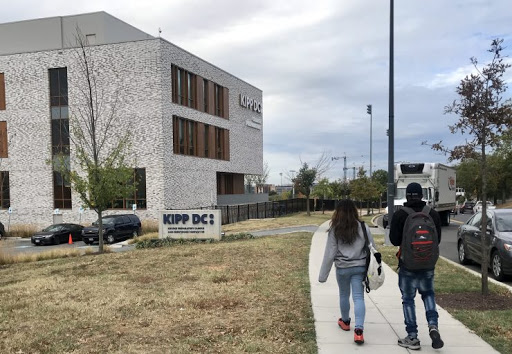D.C.’s two biggest charter networks are growing. But how big is too big?
ByPerry Stein
KIPP DC and Friendship, the city’s two largest charter networks, have grown bigger in recent years as they take over floundering charter campuses, revamping the schools and adding the campuses to their already extensive and well-regarded portfolios. The networks are poised to educate more than 11,500 public school students in the coming years — more than 11 percent of the city’s public school population.
“If something is working, it makes sense to build on it,” said Susan Schaeffler, the founder and chief executive of KIPP DC. “We did not do this overnight.”
When charter schools entered the nation’s capital in the 1990s, their leaders pitched the District as fertile ground to experiment in urban education.
Twenty-five years later, KIPP DC — which started in the District with a single middle school in 2001 — serves 6,800 students on seven campuses. The network plans to build a $90 million high school and recreation center in Southeast Washington next year that will eventually educate 800 students.
KIPP DC has a central office staff of 120 employees who help with operations on all of its campuses. By comparison, the traditional public school system educates 53,000 students and has more than 1,000 central office employees.
Read the full article here
